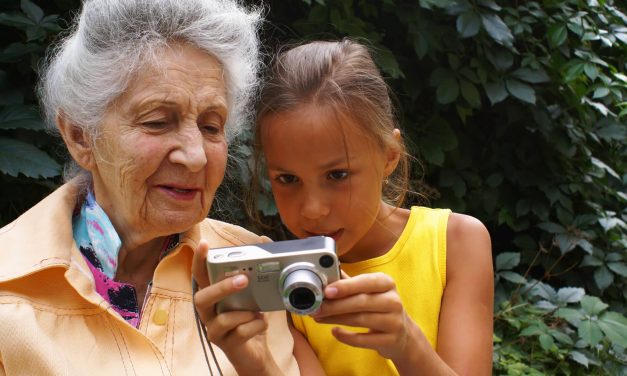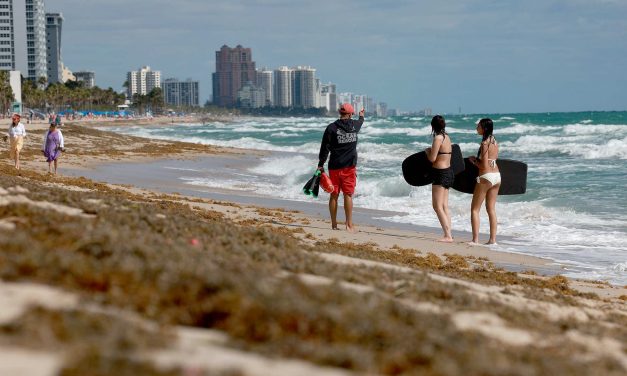Seeking meaning with technology: Why Gen Z is drawn to old digital cameras to express themselves
By Tim Gorichanaz, Assistant Teaching Professor of Information Studies, Drexel University The latest digital cameras boast ever-higher resolutions, better performance in low light, smart focusing and shake reduction. And they are built right into your smartphone. Even so, some Gen Z-ers are now opting for point-and-shoot digital cameras from the early 2000s, before many of them were born. It is something of a renaissance, and not just for older cameras. The digital camera industry as a whole is seeing a resurgence. Previously, industry revenue peaked in 2010 and was shrinking annually through 2021. Then it saw new growth in...
Read More















